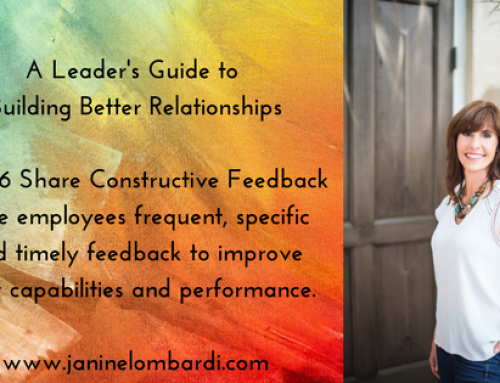Today’s leaders confront a more profoundly uncertain business environment than most of them have ever faced.\n\nUncertainty of this magnitude will leave some leaders standing in the dust. The task of business leaders must be to overcome the paralysis that dooms any organization and to begin shaping the future.To avoid impulsive, uncoordinated, and ultimately ineffective responses, companies must evaluate an unusually broad set of macroeconomic outcomes and strategic responses and then act to make themselves more flexible, aware, and resilient.\n\nThe winners will be companies that make thoughtful choices—despite the complexity, confusion, and uncertainty—by assessing alternative scenarios honestly, considering their implications, and preparing accordingly.\n\nLeaders need a way of operating that’s suited to an uncertain business environment. They need greater flexibility to create strategic and tactical options they can use defensively and offensively as conditions change. They need a sharper awareness of their own and their competitors’ positions. And they need to make their organizations more resilient.\n\nCompanies must now take a more flexible approach to planning: each of them should develop several coherent, multipronged strategic-action plans, not just one. Every plan should embrace all of the functions, business units, and geographies of a company and show how it can make the most of a specific economic environment.\n\nThese plans can’t be academic exercises; leaders must be ready to pursue any of them—quickly—as the future unfolds. In fact, the broad range of plausible outcomes in today’s business environment calls for a “just in time” approach to strategy setting, risk taking, and resource allocation by senior leaders.\n\n \n\n \n\n






Leave A Comment